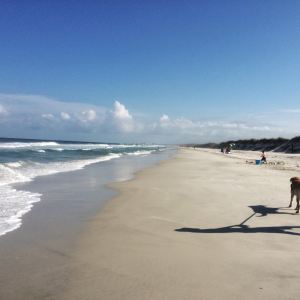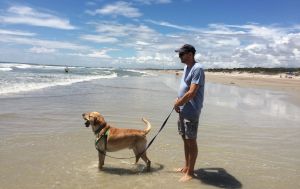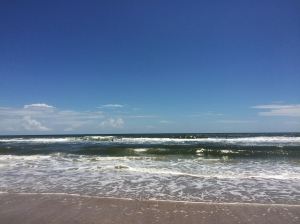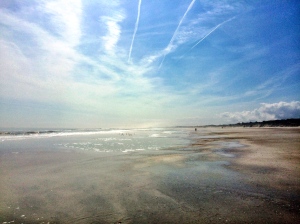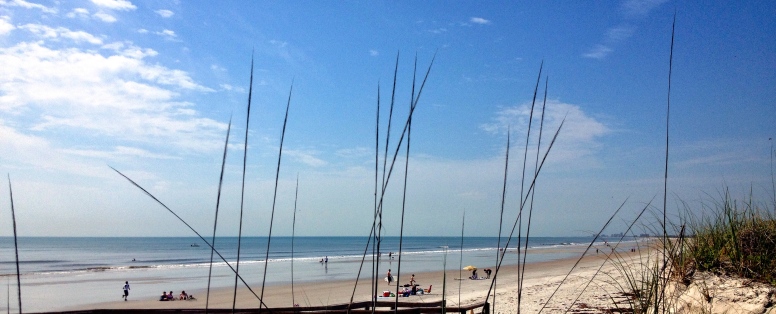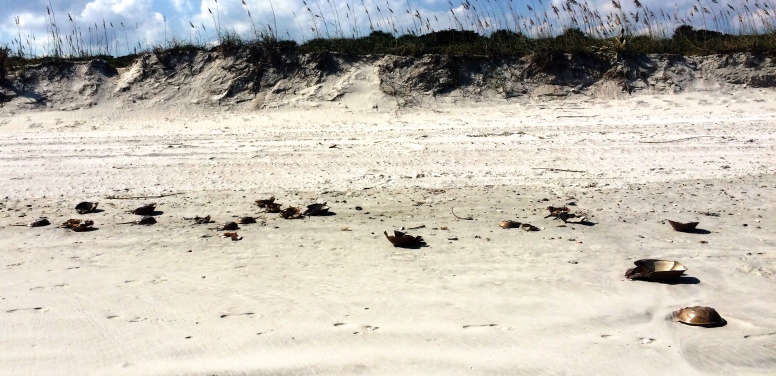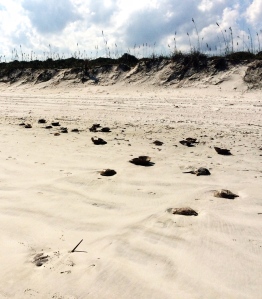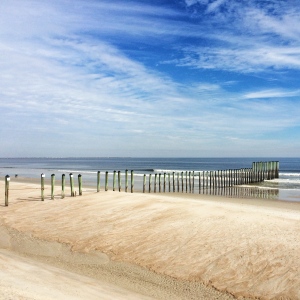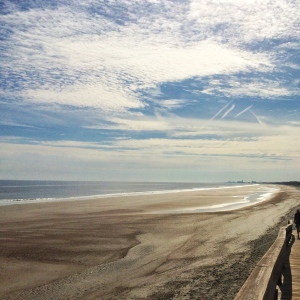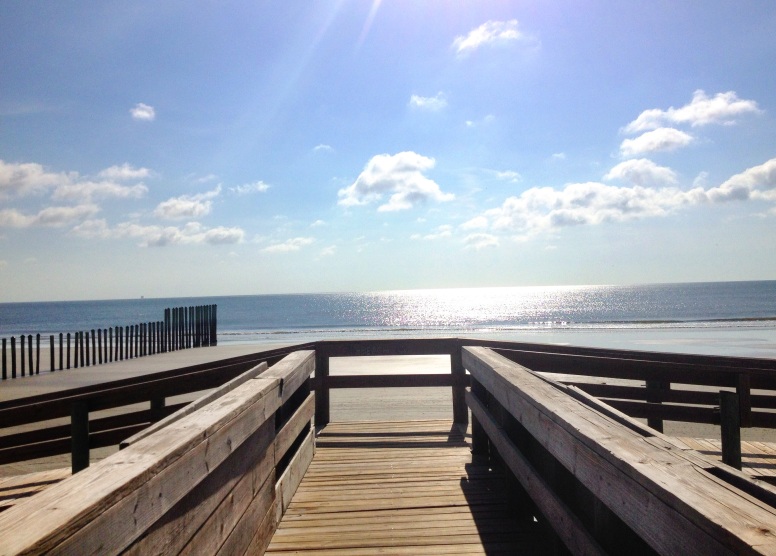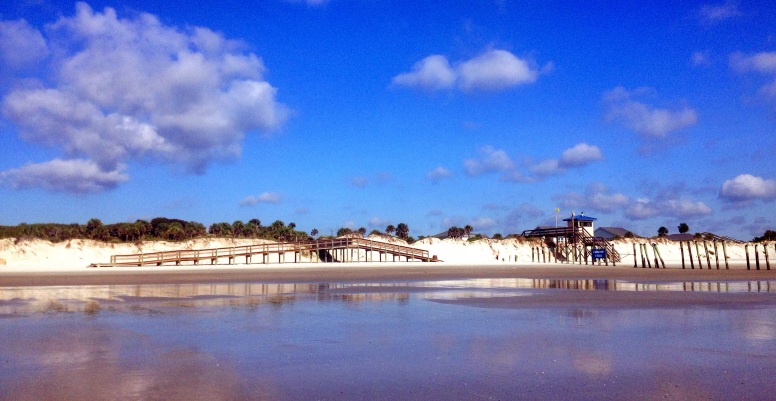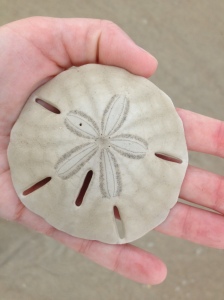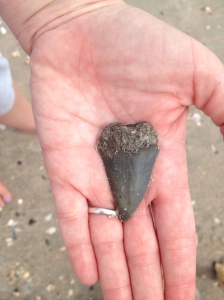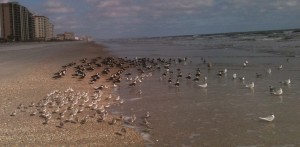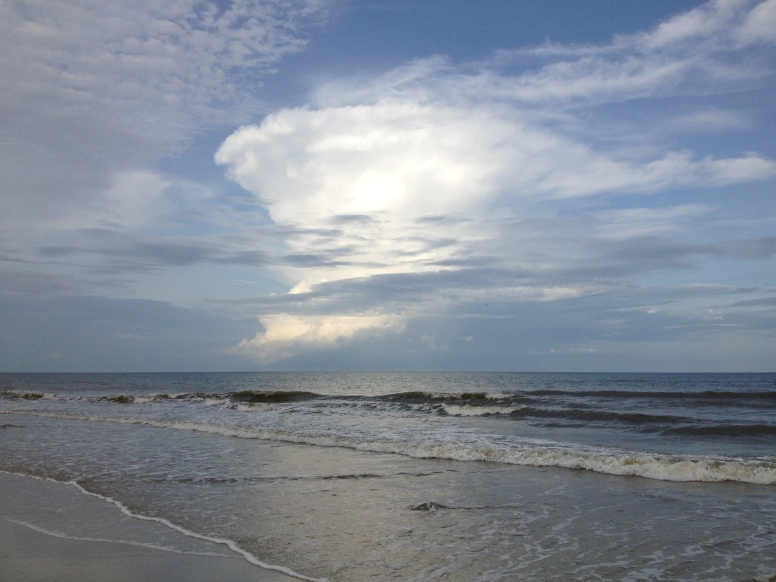Sometimes I feel like I’ve been writing forever and have little to show for it. And that’s mostly true. Three decades of professional writing, editing, and publishing have provided me with a plaque for my wall (which is stored in a box), a file of clippings and samples, and an unwavering commitment to the Oxford comma.
I’m not complaining. I’m happy with how my writing career unfolded. As a journalist, business, and technical writer, I’ve had opportunities to write in many different styles and situations, and meet and work with people from all over this country, and beyond this continent. As an instructor, editor, and mentor, I’ve helped new writers of all ages (including children, teens, and retirees) discover the joy of impacting others with words. I’m blessed to be able to say I’ve made a living doing what I love.
But that income has exclusively come from writing other people’s stories. Or helping them learn to write their own.
My writing…short stories and full manuscripts, some factual and others fictional…has always been an after hours activity. What I did during my time off. For the fun of it.
There was always the plan to publish my writing eventually. But I didn’t have much sense of urgency for it. I’ve been content to keep my writing on the side while I earned steady money writing for others. I would get serious about publishing later. When I was older. Someday.
The problem with putting my writing off until later was the risk someday would never arrive. The problem with putting it off for decades was finding myself middle-aged and unable to provide an adequate answer when asked “what have you written that I might have read?”
“Probably nothing” just wasn’t cutting it anymore.
For the past few years, as my illness forced a slow down, and then a full stop to my career of writing for others, my writing stayed right where it had always been…on the side. I’ve been focused on, actually obsessed with, getting back to work. Work, for me, continued to mean writing for others to provide me income.
Over the holidays I finally realized that my definition of work must change. Life has revised my plan and is waiting for me to notice.
I have two choices. I can continue to fight for the way I thought things would be at this time in my life. Or I can choose to see this new plan not as a limitation of what I previously wanted, but as a liberation. Freedom. Opportunity.
Joseph Campbell said “you must give up the life you planned in order to have the life that is waiting for you.”
With that mantra I’m officially declaring that I have ceased writing for others (Janda Writing and Consulting is closed as of January 1, 2016) and I will be focusing solely on my own projects. I’ll continue with plans to mentor other writers and offer advice and instruction, but those will be on the side. My writing is now my primary work.
I’ll be revamping this website to reflect that change and, hopefully, this shift in focus will provide me more time to blog. My writing goals for 2016 include completIng the final revision of my current work in progress and readying it for publication, offering a couple of writing classes, and reviewing older manuscripts.
Someday starts today.

